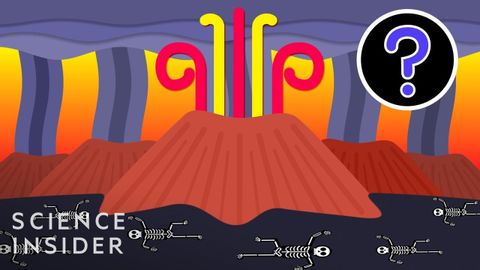
Subtitles & vocabulary
What If All The World's Supervolcanoes Erupted At Once
00
林宜悉 posted on 2020/10/24Save
Video vocabulary
attempt
US /əˈtɛmpt/
・
UK /ə'tempt/
- Verb (Transitive/Intransitive)
- To try to do something challenging or difficult
- Noun
- Effort made to try to do or accomplish something
A2TOEIC
More catastrophic
US /ˌkætəˈstrɑfɪk/
・
UK /ˌkætə'strɒfɪk/
- Adjective
- Causing a lot of damage or suffering
B2
More atmosphere
US /ˈætməˌsfɪr/
・
UK /'ætməsfɪə(r)/
- Noun (Countable/Uncountable)
- Air around us
- Feeling or mood of a place
A2
More toxic
US /ˈtɑksɪk/
・
UK /ˈtɒksɪk/
- Adjective
- Poisonous; harmful
- (Of relationships) harmful; causing conflict
B2
More Use Energy
Unlock All Vocabulary
Unlock pronunciation, explanations, and filters
